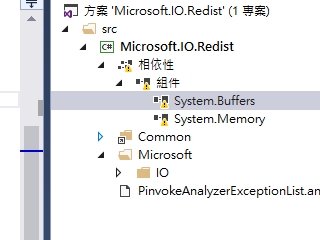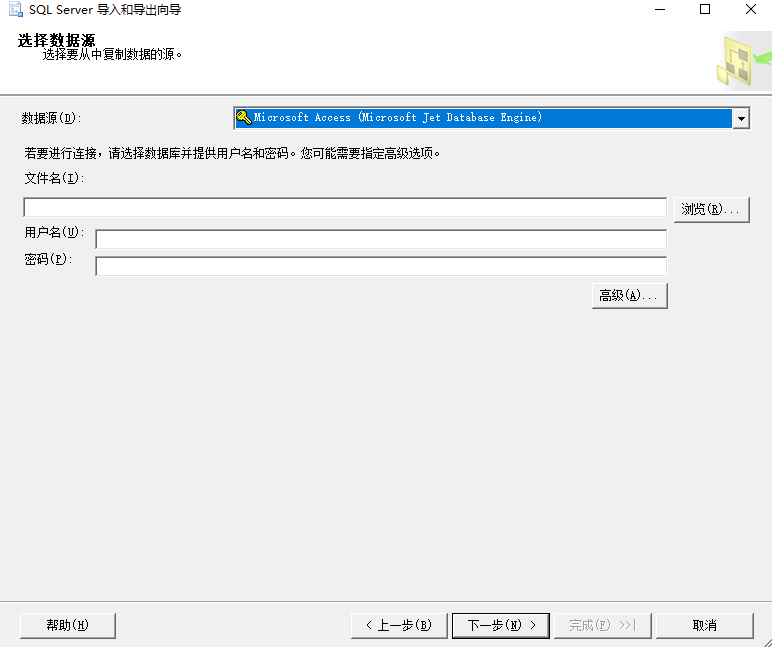So I'm finally reading through K&R, and I learned something within the first few pages, that there is a backspace escape character, \b.
So I go to test it out, and there is some very odd behavior:
#include <stdio.h>
main ()
{
printf("hello worl\b\bd\n");
}
The output is
hello wodl
Can anyone explain this?
Your result will vary depending on what kind of terminal or console program you're on, but yes, on most \b is a nondestructive backspace. It moves the cursor backward, but doesn't erase what's there.
So for the hello worl part, the code outputs
hello worl
^
...(where ^ shows where the cursor is) Then it outputs two \b characters which moves the cursor backward two places without erasing (on your terminal):
hello worl
^
Note the cursor is now on the r. Then it outputs d, which overwrites the r and gives us:
hello wodl
^
Finally, it outputs \n, which is a non-destructive newline (again, on most terminals, including apparently yours), so the l is left unchanged and the cursor is moved to the beginning of the next line.
..........
^ <= pointer to "print head"
/* part1 */
printf("hello worl");
hello worl
^ <= pointer to "print head"
/* part2 */
printf("\b");
hello worl
^ <= pointer to "print head"
/* part3 */
printf("\b");
hello worl
^ <= pointer to "print head"
/* part4 */
printf("d\n");
hello wodl
^ <= pointer to "print head" on the next line
If you want a destructive backspace, you'll need something like
"\b \b"
i.e. a backspace, a space, and another backspace.
Not too hard to explain... This is like typing hello worl, hitting the left-arrow key twice, typing d, and hitting the down-arrow key.
At least, that is how I infer your terminal is interpeting the \b and \n codes.
Redirect the output to a file and I bet you get something else entirely. Although you may have to look at the file's bytes to see the difference.
[edit]
To elaborate a bit, this printf emits a sequence of bytes: hello worl^H^Hd^J, where ^H is ASCII character #8 and ^J is ASCII character #10. What you see on your screen depends on how your terminal interprets those control codes.
Use a single backspace after each character
printf("hello wor\bl\bd\n");



